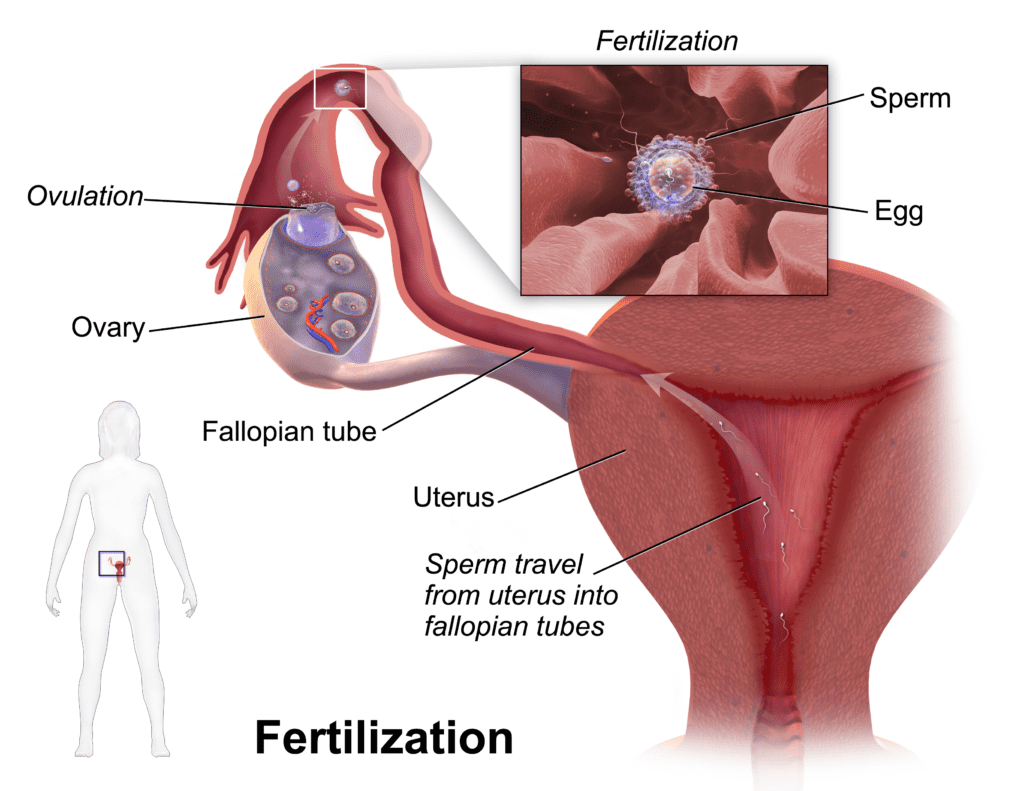A series of human organs have been connected to form a working model of the female reproduction system. The tissues are cultured and connected on little plastic chips. Researchers can induce the system to get pregnant or have a period, creating a more complex, realistic system that makes it easier to test new medication and study diseases. Indeed, this system is one of a growing number of “organs-on-chips” that are recently being developed for medical studies.
Meet Evatar
Previously, preclinical studies just tested drugs on individual cells. Theses cells are missing a lot of what organs have: the environment, the tissue architecture, and the blood flow. Therefore, they don’t give the most accurate results on how drugs will affect an organ. Additionally, no animal has a reproductive cycle that is similar enough to a human’s to be a good model.
Now, a large team coordinated by Teresa Woodruff, a reproductive scientist at Northwestern University in Chicago, Illinois, has solved this problem. They created a more accurate model of the reproductive system. The different organs are all miniaturized on plastic chips and connected like they are in the female body. The device is named Evatar, a combination of Eve and avatar. The menstrual cycle in Evatar is 28 days long, exactly like in humans.

Within Evatar, there are five organs that are connected by a blood-like liquid. The liquid carries hormones, cell signaling molecules, and drugs. The fallopian tubes, uterus, cervix are grown from human tissues from women who had their uterus removed. The ovaries are from mice because it’s very hard to extract healthy ovary tissue from women. The last organ is the liver. Though you may wonder why the liver is included in a reproductive system, it is important for drug-testing because the liver metabolizes drugs.
The menstrual cycle
First, the researchers added follicle-stimulating hormone to start the reproductive cycle. The mouse ovaries started producing estrogen. Fourteen days later, the researchers added luteinizing hormone to stimulate the ovaries to release an egg and start producing progesterone. The egg stays put, but the Fallopian tubes act like an egg is passing through it, as would happen after fertilization. Hair-like cilia in the Fallopian tubes push the egg to the uterus. Alternatively, a period could also be modeled. The uterus and cervix produce hormone receptors. The Evatar system is very sensitive; it needs exactly the right quantity of all the ingredients to work properly.

The point of Evatar is to quickly test multiple drugs at a time and see if they are toxic and what effect they have on the reproductive system. It makes the whole drug-testing process a lot quicker and easier. However, this doesn’t completely eliminate the need for animal or clinical studies, because other organs could be affected. In the reproductive system, researchers can test contraceptives and fertility treatments. Some other plans are to give Evatar ovarian cancer and the human papilloma virus to study the diseases.
An Adatar is also in our future; as you guessed it, it would be a model of the male reproductive system. DudeKube (really, that’s the name) is a planned a testis-prostate model. Eventually, all of these systems will be connected with the organ-chips that other researchers are creating to make a whole linked up human system.
Journal reference: et al. Mini reproductive system on a chip mimics human menstrual cycle. Nature Commun. 8, 14584 (2017).
Was this helpful?



